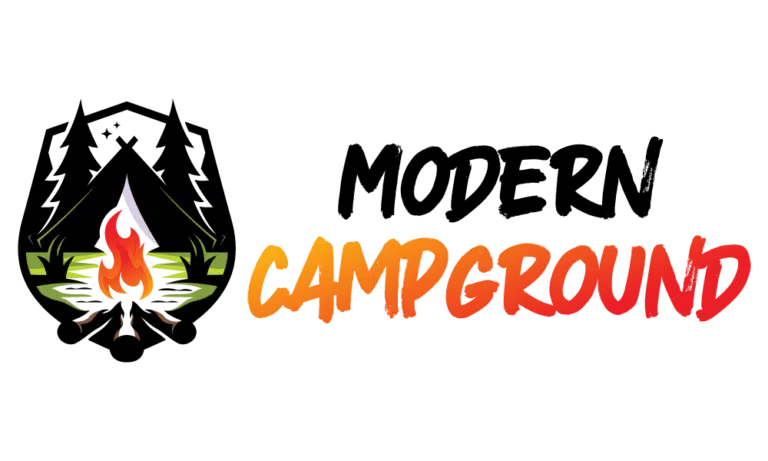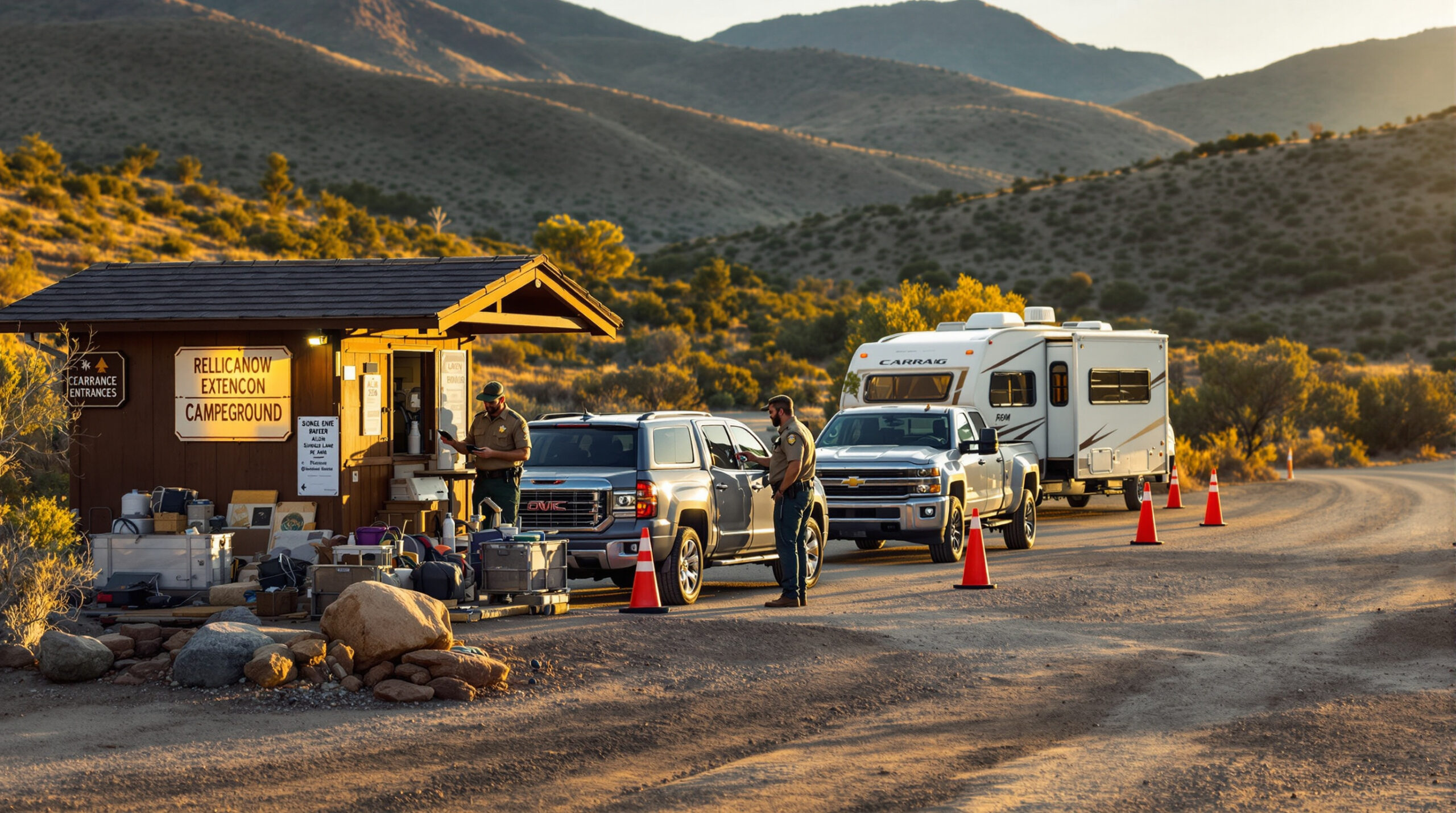California State Parks has reopened overnight stays at Hungry Valley State Vehicular Recreation Area after a months-long closure, allowing limited camping while recovery work continues at the popular off-highway playground straddling Tejon Pass in Los Angeles and Ventura counties, according to a state agency notice.
All visitors must enter through the north gate in Gorman; the south entrance remains closed until further notice. A map showing which trails are currently rideable is posted on the same website, giving riders a quick way to plan routes before they arrive.
Camping has returned on a first-come, first-served basis, limited to 50 sites nightly at $10 per rig, with payment and registration handled at the north entrance kiosk, the park advisory states.
Nine camp areas—Edison, Sterling, Cottonwood, Circle, Upper Scrub, Lower Scrub, Smith Forks, ATV and Aliklik—are open for both day use and overnight stays.
Weekday day-use visitors are admitted on a first-come basis, but weekend riders must secure advance reservations through the LAZ Parking app or website. On weekends, visitors without an advance reservation made through the LAZ Parking system are not admitted.
Daily use is capped at 103 vehicles, including 30 recreational off-highway vehicles (ROVs, side-by-sides, and UTVs) in addition to the 50 camping sites. The parking fee is $5, according to the official page.
The reservation requirement mirrors a growing suite of low-cost tools public-land managers deploy when space is scarce. Real-time campsite and parking counters visible online can head off phone inquiries, while QR-code or text-to-pay options at kiosks shorten transaction times and reduce contact points. Automated alerts can notify would-be visitors once the 50th campsite or 103rd parking spot is claimed, steering traffic to alternate time slots or nearby facilities.
Tracking entry and exit with inexpensive gate counters or license-plate readers also lets supervisors match restroom cleaning, trash pickup and ranger patrols to actual numbers instead of theoretical limits, tightening operations while the area rebuilds.
Temporary thresholds will hold until crews finish Post Fire recovery work; park officials plan to announce additional openings as work wraps up.
With only 50 campsites and finite weekend parking, overflow is inevitable—and nearby private campgrounds and RV parks stand to benefit. Operators can furnish rangers with a one-page referral sheet listing available pads, after-hours check-in numbers and a discount code that rewards guests turned away at the gate.
Fixed-price bundles that combine a site, dump-station access and shuttle service simplify decisions for frustrated riders. Shuttle partnerships or designated rideshare pickup zones allow day users who miss a parking reservation to stage from private property, while stocking spark arrestors, flag whips and other compliance gear converts last-minute needs into retail sales. Dynamic pricing can follow—provided added value such as late check-out aligns with the SVRA’s day-use hours.
Public-land managers are trying to balance safety with access; private operators who mirror those tech-light controls and court overflow demand can keep riders on the trail, campers under the stars and revenue flowing on both sides of the fence.


